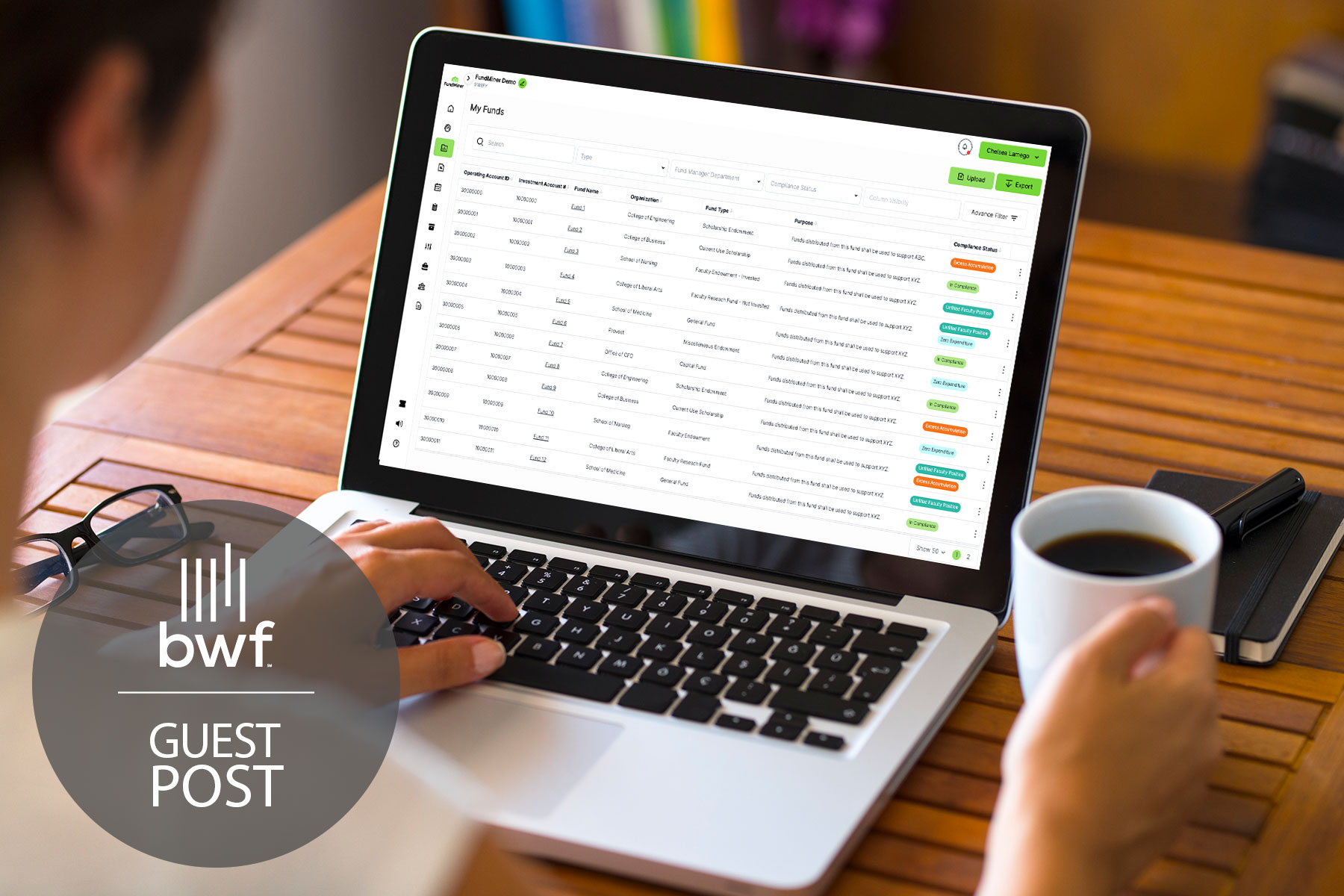This financial and social upheaval has created many new obstacles, inconveniences, anxieties and lots of serious trouble for fundraising. However if we look carefully, we find that as with most change, some new opportunities emerge. Let’s look at one of these new opportunities.
Most fundraising shops have been seeing gifts coming in from Donor Advised Funds (DAFs) for several years, and many have seen a significant uptick in activity in recent years. The check arrives from Fidelity or Schwab or the local community foundation, and frequently the cover letter will divulge as to who the “advisor” was who recommended the gift be sent to your organization. So, you have been issuing the formal receipt to Fidelity but giving “soft credit” to the advisor and expressing gratitude (sans receipt) to that advisor.
These DAFs may represent a new opportunity in these troubled times. Here’s why: the DAF is essentially a repository of money that has already been given away; the original donor has relinquished both ownership and control and has received their charitable tax deduction. However, if that money is still sitting in the DAF, it’s just waiting for easier decisions about where to direct the funding and for what purpose. It’s a gift sitting on the shelf waiting to be allocated.
Recently the National Philanthropic Trust published some DAF statistics that illustrate the scope of this potential opportunity. There are about 500,000 DAFs in the country that each hold, on average, $237,000. That aggregates to over $120 billion sitting in DAFs, which is equivalent to nearly 25% of total US philanthropy last year! In recent years, about three times as much money has been flowing into these DAFs than flowing out to charities. So, the DAF asset pool is not only very large, it is also growing quickly.
This opportunity may be narrowly focused to just a few donors in your database, but it may also be significant. You may or may not know anything more about the DAF gifts that have been coming to you, but now is the time to try to learn. Use reporting from your database to look at the last several years regarding DAF gifts, the deciding advisor, and what contact information you have to reconnect.
Why now? This may be the confluence of several exceptional opportunities for your organization:
- While you may feel uncomfortable about asking for new gift from this donor in these troubled times, you might feel a little more comfortable if you realized that they had some gifts “sitting on the shelf.” So, the big issue is whether you can open a conversation about their DAF.
- As you consider the DAF, you may begin to wonder, “Why is that gift sitting on the shelf? Might it simply be waiting for a special circumstance where it can make a unique impact?” You certainly have a compelling story today, amid this economic uncertainty and its potential impact on your organization and clients, to share the far-reaching impact. Now is the time to tell that story, and DAF advisers are the folks to listen.
- Broaching this discussion with the DAF donor previously may have been difficult because they may have been extremely busy, preoccupied, and hard to access. Today, however, they may be sitting at home like you, working at a different pace with fewer interruptions, and would welcome some outside contact.
- This DAF has likely plummeted in the recent economic turmoil just like the donor’s other assets. So, the timing may still not be optimal. But consider that this money is NO LONGER part of their net worth, and gifting it does not change anything for their personal wealth. The only thing that DAF shrinkage might change is their opportunity for impact when they give it later. Prolonging the decision has two sides to consider…only part of it concerns the size of the gift; the other part is the importance and urgency of the need or opportunity. While their DAF balance declines, the other factor grows. This is money waiting to do good—and this is a great opportunity to explore with them what they have been waiting for.
How do you open this DAF conversation over the phone or through video calls? Start by complimenting them on the gifts they have previously made from their DAF. Then, ask whether the response to their generosity has been adequate. Once you have that information, continue with a longer conversation about how/when/why they set up their DAF; how their DAF has been working for them, etc. Those elements should provide a good pathway into your real query—what is their aspiration for this DAF money? Matching your organization’s opportunities to their aspirations is regular major gift cultivation work.




